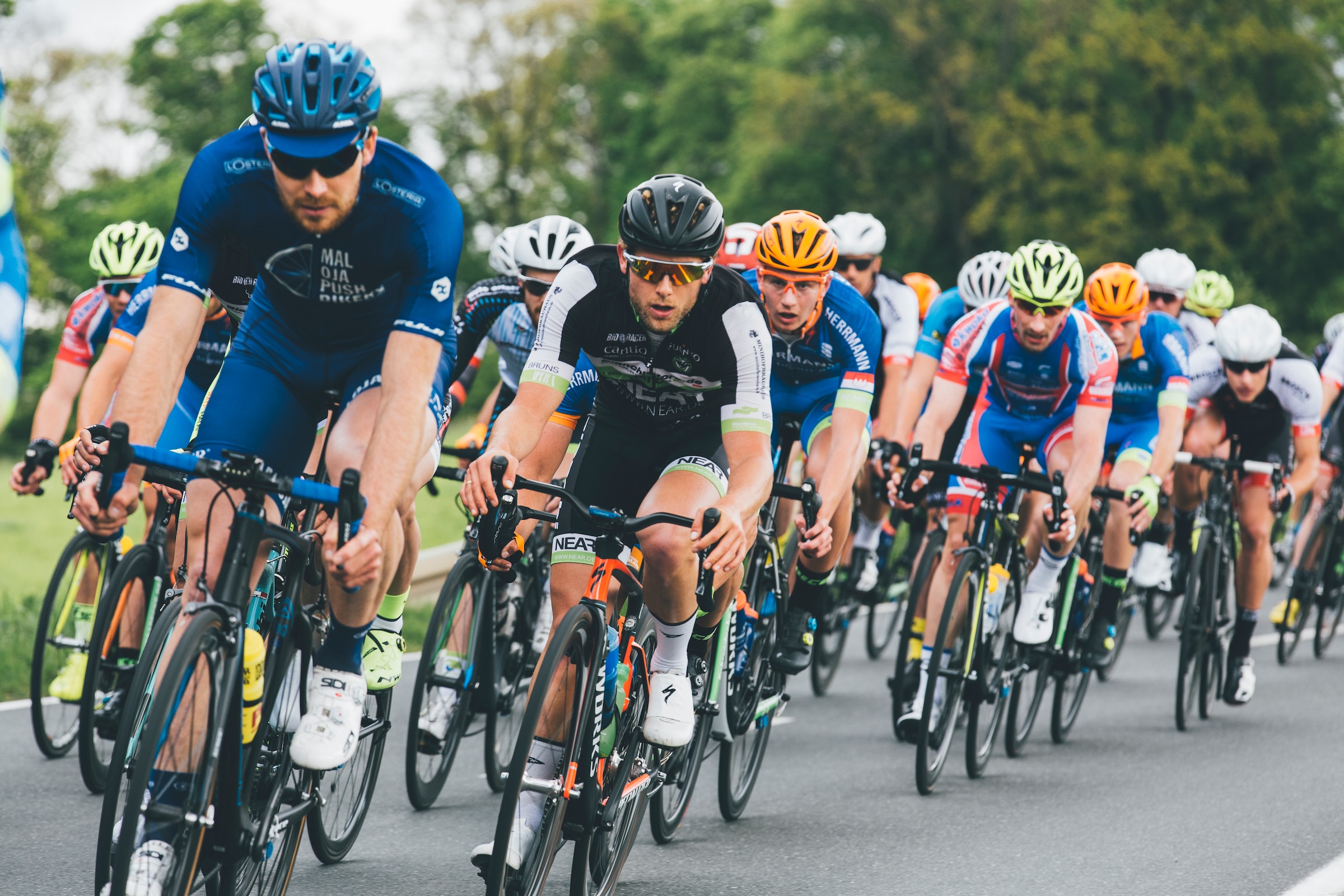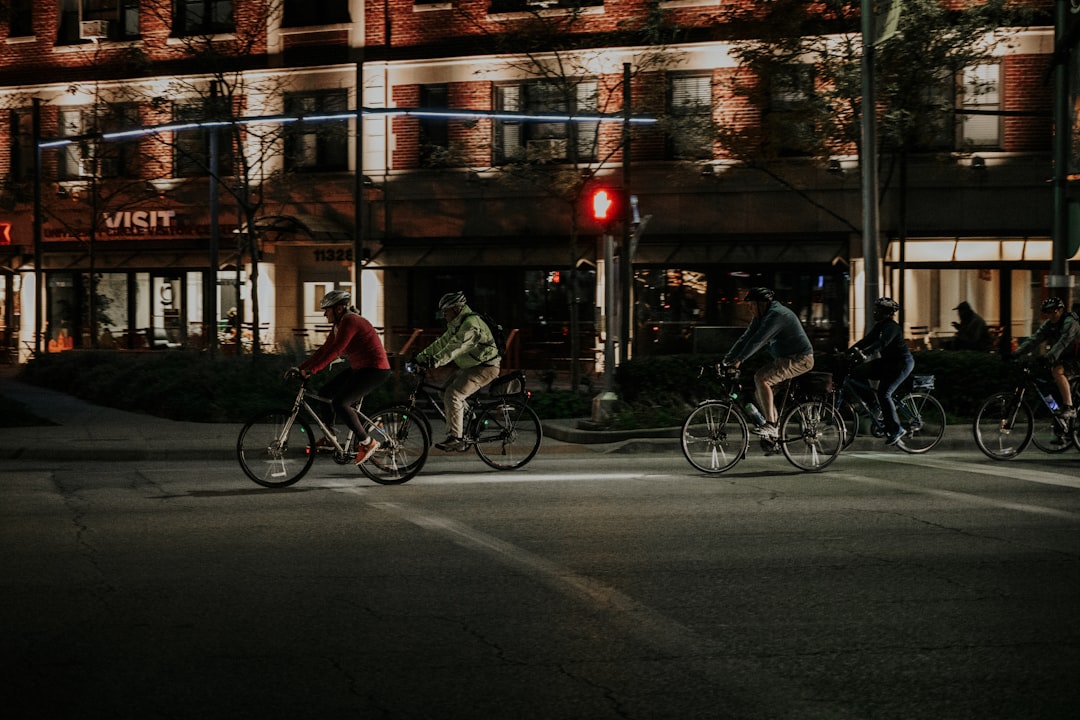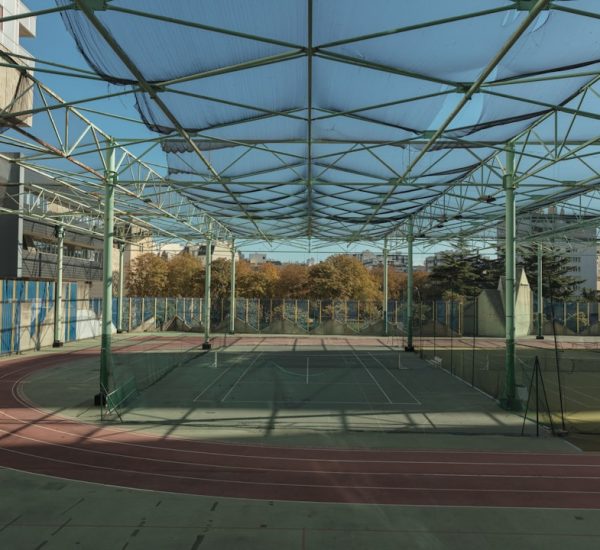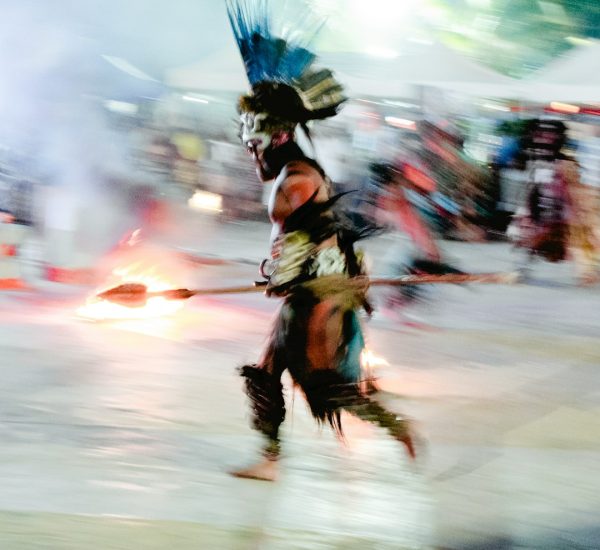Whether you’re a seasoned cyclist or just starting out, you’ve probably heard the term “group ride” tossed around in local cycling communities or on social media. It sounds simple enough — riding your bike with others — but there’s a bit more to group rides than just pedaling with company. Group rides come with their own set of rules, dynamics, benefits, and expectations, making them a unique and enriching experience within the cycling world.
TL;DR (Too Long; Didn’t Read)
A group ride in cycling is an organized or impromptu ride involving multiple cyclists traveling together toward a shared route or pace. These rides can vary in purpose — from social and casual to fast and competitive — and offer benefits like improved fitness, learning opportunities, and shared motivation. Group riding also requires adherence to specific etiquette and safety protocols to ensure a smooth and enjoyable experience. It’s a great way to become part of the larger cycling community while building your skills and stamina.
What Exactly Is a Group Ride?
A group ride refers to any cycling activity where multiple riders hit the road (or trail) together. These rides can be organized by local cycling clubs, bike shops, online meetup groups, or just friends with bikes.
While the structure and formality may vary, the main goal remains the same: riding together as a group to take advantage of social interaction, shared pacing, and often, increased safety. Some group rides are purely social events done at a casual pace, while others can be fast-paced training sessions designed to push physical limits. 
Types of Group Rides
Group rides are not one-size-fits-all. In fact, they come in several flavors depending on the purpose, route, and expected pace. Here are some common types you’ll encounter:
- Social or No-Drop Rides: These are designed for fun and inclusivity. The term “no-drop” means no one gets left behind, even if someone rides more slowly. Great option for beginners.
- Training Rides: Often faster, more structured, and geared towards improving performance. Riders may take turns leading into the wind (a practice called pulling), and drafting is heavily used.
- Shop Rides: Organized by local bike shops, these rides can serve marketing purposes but often focus on building a local cycling community.
- Charity or Event Rides: Large-scale group rides for charitable causes or sportives (mass-participation, long-distance cycle events). They usually offer support, food, and marked routes.
- Race Simulation Rides: Fast, sometimes aggressive rides that mimic real race conditions. Not for the faint of heart!
Benefits of Participating in a Group Ride
Riding with others brings about more than just company. There are tangible advantages that can improve your experience and performance:
- Improved Fitness: Keeping up with stronger riders can push your physical limits, leading to improved cardiovascular and muscular endurance.
- Skill Development: You’ll learn how to draft, pace properly, communicate, and handle your bike in close quarters — essential for any developing cyclist.
- Safety in Numbers: A group is more visible to cars, reducing the likelihood of accidents.
- Motivation and Accountability: Knowing that others are showing up makes it easier to stick to training plans or overcome mental fatigue.
- Social Connection: Friendships are formed and stories are shared, often becoming the most enjoyable part of the ride experience.
Basic Group Ride Etiquette
Group rides can be exhilarating, but they also demand heightened awareness and discipline. Following proper etiquette ensures safety and a good time for all participants. Here are some fundamentals:
- Communication is Key: Use hand signals and verbal cues for stopping, slowing, or pointing out hazards. Let others know if you’re overtaking or changing positions.
- Ride Predictably: Avoid sudden braking, zig-zagging, or abrupt lane changes. Your goal is to be as smooth and predictable as possible.
- Hold a Straight Line: This is critical when riding in front or alongside others. Drifting side to side can cause accidents.
- Avoid Overlapping Wheels: Your front wheel should not overlap the rear wheel of the rider in front of you; it’s a recipe for crashes.
- Respect the Pace: Obey the advertised pace of the ride. If you can’t keep up, consider a slower group or work on conditioning.
The Structure of a Group Ride
Most group rides tend to follow common structural patterns. Knowing what to expect helps reduce stress if you’re attending one for the first time:
- Meeting Point: Rides usually have a designated starting location and time. Be punctual. It’s courteous and also ensures you don’t miss out on important announcements.
- Warm-Up: The first few miles are often slower-paced, giving everyone a chance to warm up and get comfortable.
- Formation: Riders often ride two abreast in a double paceline or in a single file line, depending on road conditions and traffic laws.
- Mid-Ride Regroups: Some group rides pause periodically to let slower riders catch up. This is more common in no-drop rides.
- Post-Ride Coffee or Chat: Many rides end at a café, brewery, or park where riders debrief, socialize, and recover together.

How to Find and Join a Group Ride
If you’re curious to try a group ride, the good news is that they’re easy to find. Here’s how to get started:
- Local Bike Shops (LBS): Most will post ride calendars online or on their bulletin board. Staff are typically happy to share details or recommend a suitable level.
- Online Communities: Apps and websites like Strava, MeetUp, or Facebook often host cycling groups that organize weekly rides.
- Cycling Clubs: Joining a local club can give you access to multiple rides per week, often segmented by skill level and terrain preference.
- Word of Mouth: Chat with other cyclists you encounter on paths or roads. The cycling community is generally welcoming and happy to introduce newcomers to group rides.
Preparing for Your First Group Ride
Embarking on your first group ride can be both exciting and nerve-wracking. Here’s a checklist to help you prepare:
- Bike in Good Condition: Make sure your bike has been recently tuned up, tires are inflated, and brakes work properly.
- Bring the Essentials: Carry a spare tube, pump or CO₂ inflator, snacks, water bottles, and a multi-tool—just in case.
- Dress Appropriately: Wear moisture-wicking cycling gear, helmet, gloves, and sunglasses. Bring layers if weather is variable.
- Know the Route: Study the route beforehand, or load it onto your bike computer or phone if possible.
- Arrive Early: Get there 10–15 minutes before the scheduled start to sign in (if needed), meet others, and hear updates.
Things to Avoid During a Group Ride
To keep everyone safe and happy, avoid these common mistakes:
- Sudden Stops or Turns: Remember that people are right behind you — sharp movements can cause pileups.
- Ignoring Traffic Rules: Obey stop signs and signals. Just because you’re in a group doesn’t mean you can break the law.
- Wearing Earbuds: You need to be fully alert and capable of hearing others. Save the music for solo rides.
- Overexerting Yourself: Avoid burning out early. Stay within your limits and communicate if you need a breather.
Conclusion
In the world of cycling, group rides are more than just a workout — they’re vibrant social gatherings, learning experiences, and fitness-building opportunities wrapped into one. Whether you’re clipping in for a fast-paced hammerfest or a laid-back weekend cruise, group rides cater to all levels and interests. Embrace the camaraderie, enjoy the road, and always ride safe.
 cyclists, teamwork, road cycling
cyclists, teamwork, road cycling


